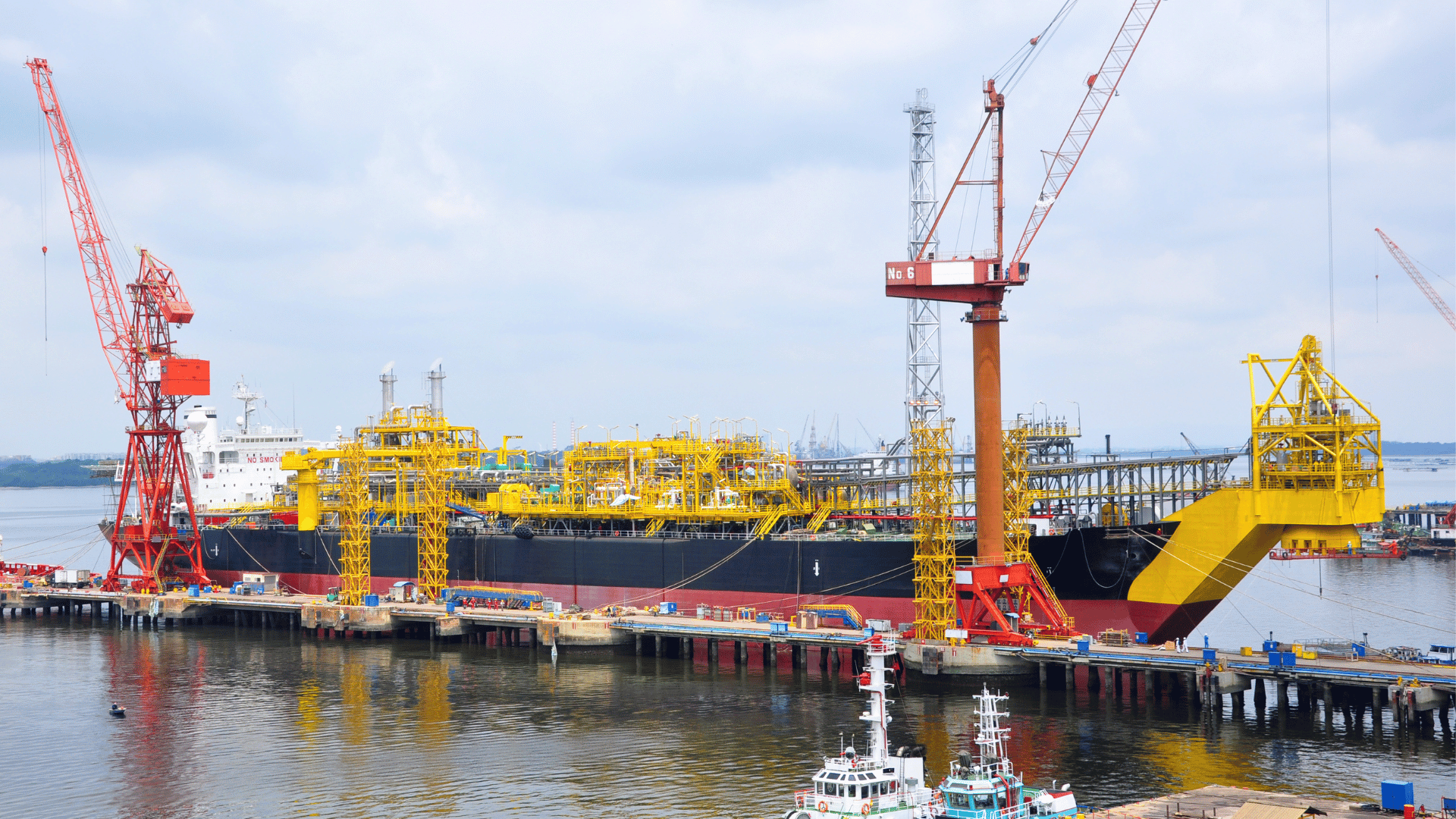About this Virtual Instructor Led Training (VILT)
The design of Balance of Plant (BOP) components has become an essential part of wind turbine and farm development as wind energy systems continue to grow. The BOP refers to all the infrastructure required to support the overall operation of the farm in between wind turbines.
Crucially, BOP design has a big role in the overall viability and profitability of wind farms, accounting for a large share of wind farm expenses and maintenance requirements. Effective energy transmission, dependable grid connections, and accessibility for maintenance workers are all made possible by a well-designed balance of plant, all without incurring unnecessary expenses from “over-building.” The main components of the wind farm BOP are access roads, substations, energy cabling, transformers, operations buildings, and more.
Participants will learn how to optimize the design of a BOP specifically for wind energy systems. The design choices will be influenced by elements such as utility interconnection information, soil conditions, climate, and turbine configuration. Participants will be able to examine substation electrical components, choices for grade cabling, road material and width criteria, and cost considerations in cable design.
Participants will demonstrate how wind farm BOP design necessitates a trade-off between dependability, safety, maintainability, and construction/operational costs through a case study analysis. Combining design best practices that meet several conflicting restrictions is the aim. Wind farms can lower lifecycle costs and generating inefficiencies to increase the economics of wind power with careful BOP engineering guidance.
This course will be delivered via Virtual Instructor Led Training (VILT) over 2 half-day sessions, comprising of 4 hours per day. Course Duration: 8 hours in total, 8 CPD points.
By the end of this 2 half-day sessions, participants will be able to:
- Recognize the principles underlying the operation of wind turbines.
- Identify the essential components of a typical utility-scale linked wind farm’s design.
- Acquire understanding of the wind farm balance of plant, with a focus on the main electrical components of the HV substation and MV collection system.
- Expand the total integration of wind farms, incorporating AC coupled BESS.
- Evaluate the commercial, scheduling, and procurement aspects of the project.
- Wind Energy Engineers who directly involved in the design, development, and implementation of wind energy projects.
- Electrical Engineers and Designers who working in electrical systems, especially those relevant to wind farm infrastructure.
- Project Managers who overseeing the planning, execution, and completion of wind farm projects.
- Procurement Specialist who involve in sourcing and acquiring the necessary materials, equipment, and services for wind farm projects.
- Operations and Maintenance (O&M) Professionals who responsible for the ongoing operation and maintenance of wind farm infrastructure.
- Civil Engineers and Construction Electrical leads who involve in the design and construction of foundations, and other civil engineering aspects of wind farms.
- EPC Contractors who hired by project owners or developers to take on the responsibility of delivering a complete, ready-to-operate facility or system.
- Energy Planners and Analysts who involved in strategic planning and analysis of energy needs and sources, with a focus on wind energy.
- Renewable Energy Consultants who involve in providing advisory services related to the renewable energy sector, specifically wind energy.
- Professionals who interested in the technical and theoretical aspects of wind farm balance of plant design.
- Utilities and Power Grid Professionals who working in the broader energy industry, including power grid management and integration.
- Basic
- Intermediate
- Course material will be provided for future reference.
- Each topic begins with a statement of the intended learning outcome (LO).
- Activities such as quizzes, videos and assessment will be incorporated.
At Wood, your expert trainer has served as the Electrical Department Manager in the multi-disciplined engineering consulting firm. In this role, he efficiently managed the engineering team and oversaw electrical operations. He was responsible for tasks such as cost estimations, scheduling, staffing allocation for optimal project delivery, and ensuring on-time project completion while managing project budgets, schedules, and design progress.
Your expert trainer actively contributed to business development by identifying new opportunities and meeting potential clients. He also played a pivotal role in project planning and direction, conducting risk assessments, cost-benefit analyses, and overseeing the establishment of milestones and final deliverables. Additionally, he continued to act as a project manager for smaller to medium-scale projects, maintaining involvement as a senior electrical engineer, addressing various design deliverables, and preparing proposals for diverse project types and sizes.
Your expert trainer collaborated with other disciplines such as civil, structural, and mechanical, monitored project execution through all phases, and communicated project progress against the plan, requirements, quality measures, and standard processes. As a Senior Electrical Engineer, he demonstrated expertise in leading electrical design for utility-scale solar (8.32kV-600V), wind farms, BESS facilities (up to 345kV), and various industrial and commercial projects. His responsibilities encompassed conceptual design, engineering design across different voltage levels, substation design (8.32kV-600V), outdoor substation design for solar farms (25kV-345kV), protection and control design, proposal preparation, work coordination, system analysis, cable ampacity studies, engineering calculations, construction supervision, site inspection, mentoring, and technical report writing.
At JF Edwards, Milligan 3, US, he played a crucial role in the protection and control design of a 138kV substation for a substantial 300MW wind farm project. Similarly, at JF Edwards, Walnut Ridge, US, he was involved in the protection and control design of another 138kV substation for a 300MW wind farm project. Moving to Samsung Pattern, Belle River, Ontario, he led the detailed engineering of a 100MW wind farm project, overseeing the installation of forty 3.2MW turbines, a 34.5kV collector system, a 34.5kV/230kV substation, an 8km-long 230kV underground transmission line, and a 230kV switching station. At Northland Power Inc., McLean’s Mountain, Ontario, he also led and managed a substantial 138kV-rated submarine cable replacement project for an existing 60MW wind farm. Additionally, at Northland Power Inc., Grand Bend, Ontario, he took on the role of leading the detailed engineering of another impressive 100MW wind farm project, which involved forty 2.5MW turbines, a 34.5kV collector system, a 34.5kV/230kV substation, a 31.5km-long 230kV underground transmission line, and a 230kV switching station.
Your expert trainer worked at IBI Group as an Electrical Engineer and later as an Electrical Inspector. In these roles, he contributed to the design of electrical systems across various sectors, performed engineering designs, conducted system analysis and studies, and played a crucial role in construction site inspection and electrical inspection for airport lighting systems. Additionally, he has been an instructor at EPIC Educational since 2013, teaching courses on solar and wind energy, covering topics such as AC/DC/BESS design, MV/HV protection & control, code & local authorities, substation design, commissioning requirements, and installation constraints during construction.
Unlock the potential of your workforce with customized in-house training programs designed specifically for the energy sector. Our tailored, in-house courses not only enhance employee skills and engagement but also offer significant cost savings by eliminating travel expenses. Invest in your team’s success and achieve specific outcomes aligned with your organization’s goals through our expert training solutions. Request for further information regarding our on-site or in-house training opportunities.
In our ongoing commitment to sustainability and environmental responsibility, we will no longer providing hard copy training materials. Instead, all training content and resources will be delivered in digital format. Inspired by the oil and energy industry’s best practices, we are leveraging on digital technologies to reduce waste, lower our carbon emissions, ensuring our training content is always up-to-date and accessible. Click here to learn more.
To further optimise your learning experience from our courses, we also offer individualized “One to One” coaching support for 2 hours post training. We can help improve your competence in your chosen area of interest, based on your learning needs and available hours. This is a great opportunity to improve your capability and confidence in a particular area of expertise. It will be delivered over a secure video conference call by one of our senior trainers. They will work with you to create a tailor-made coaching program that will help you achieve your goals faster.
Request for further information post training support and fees applicable




